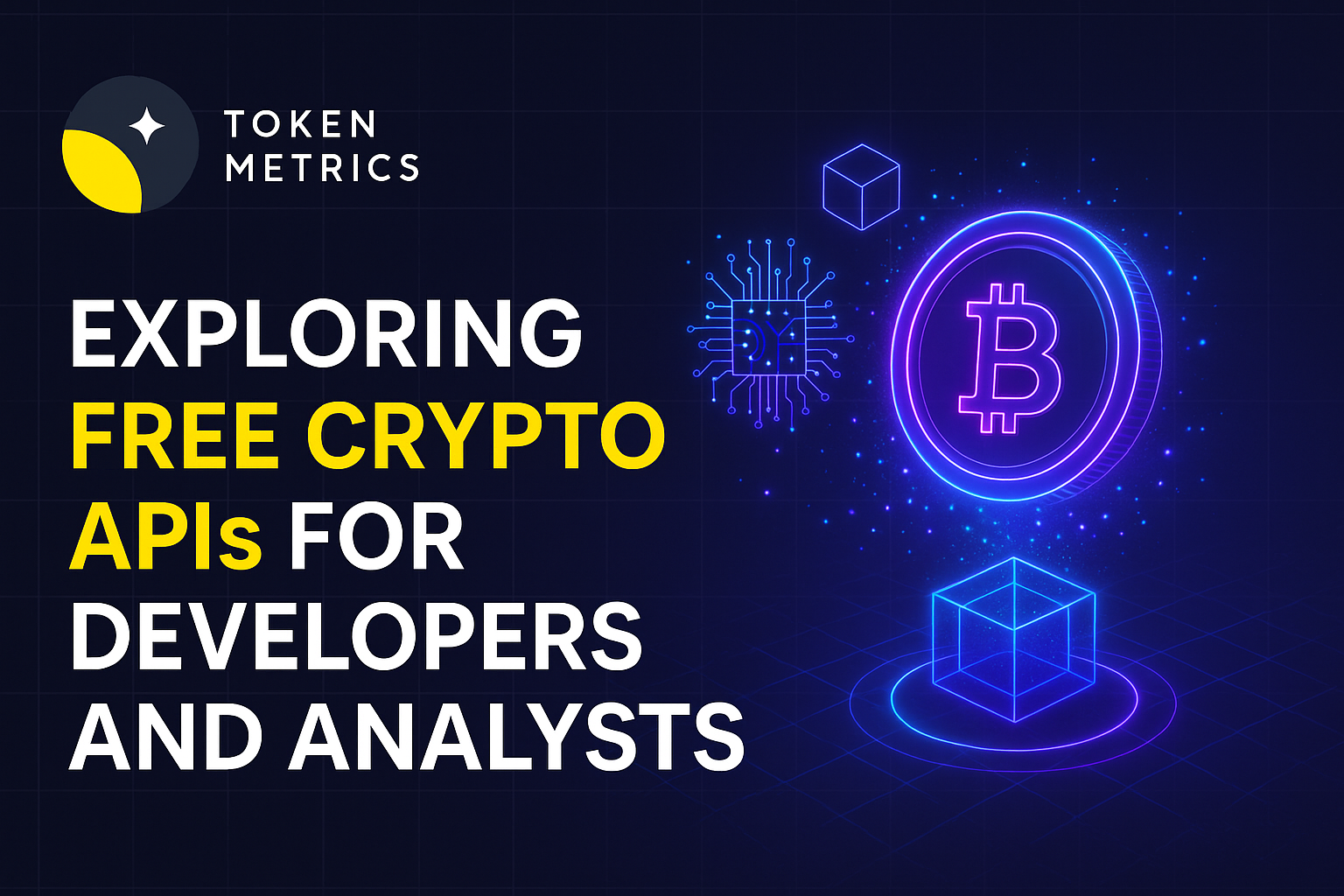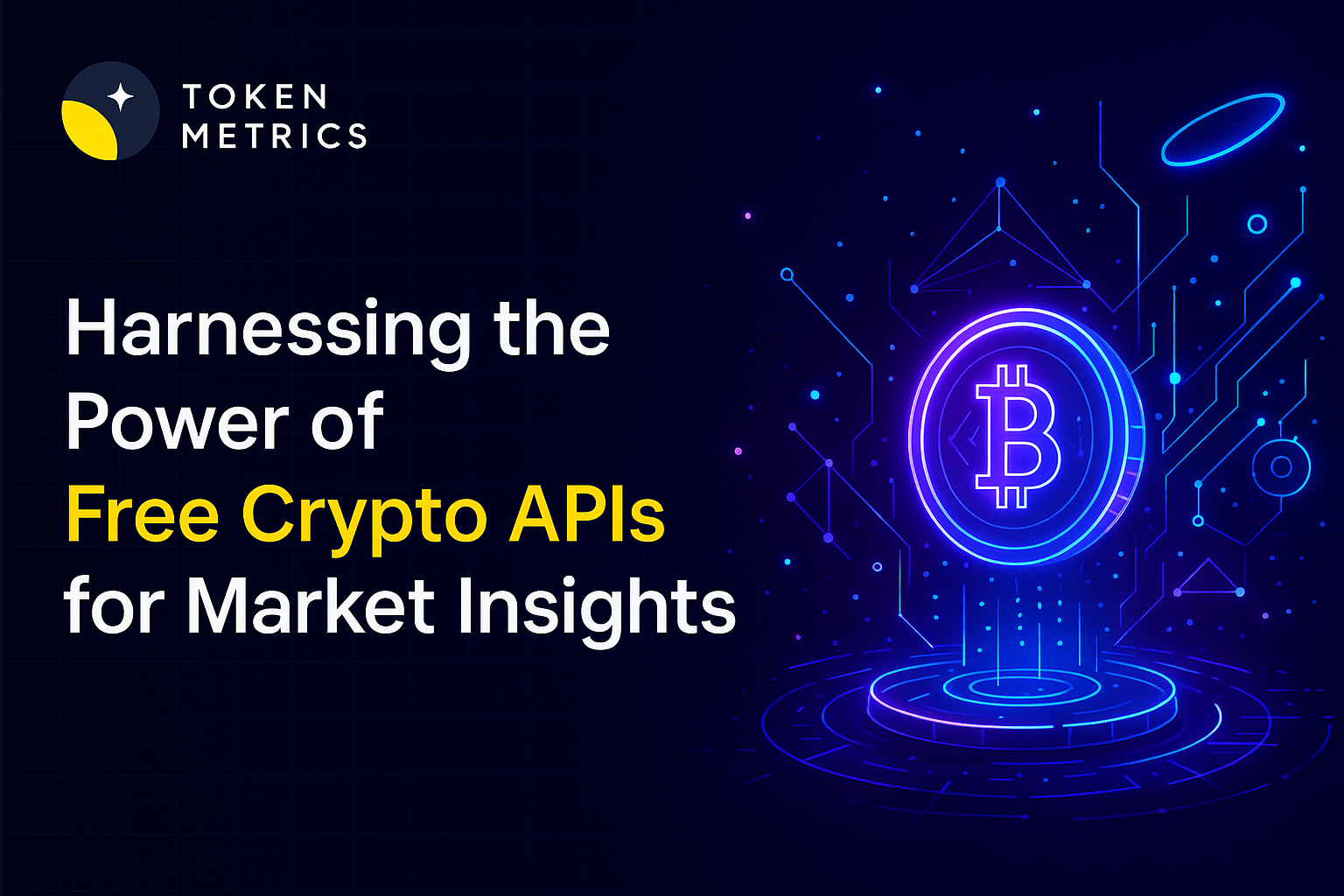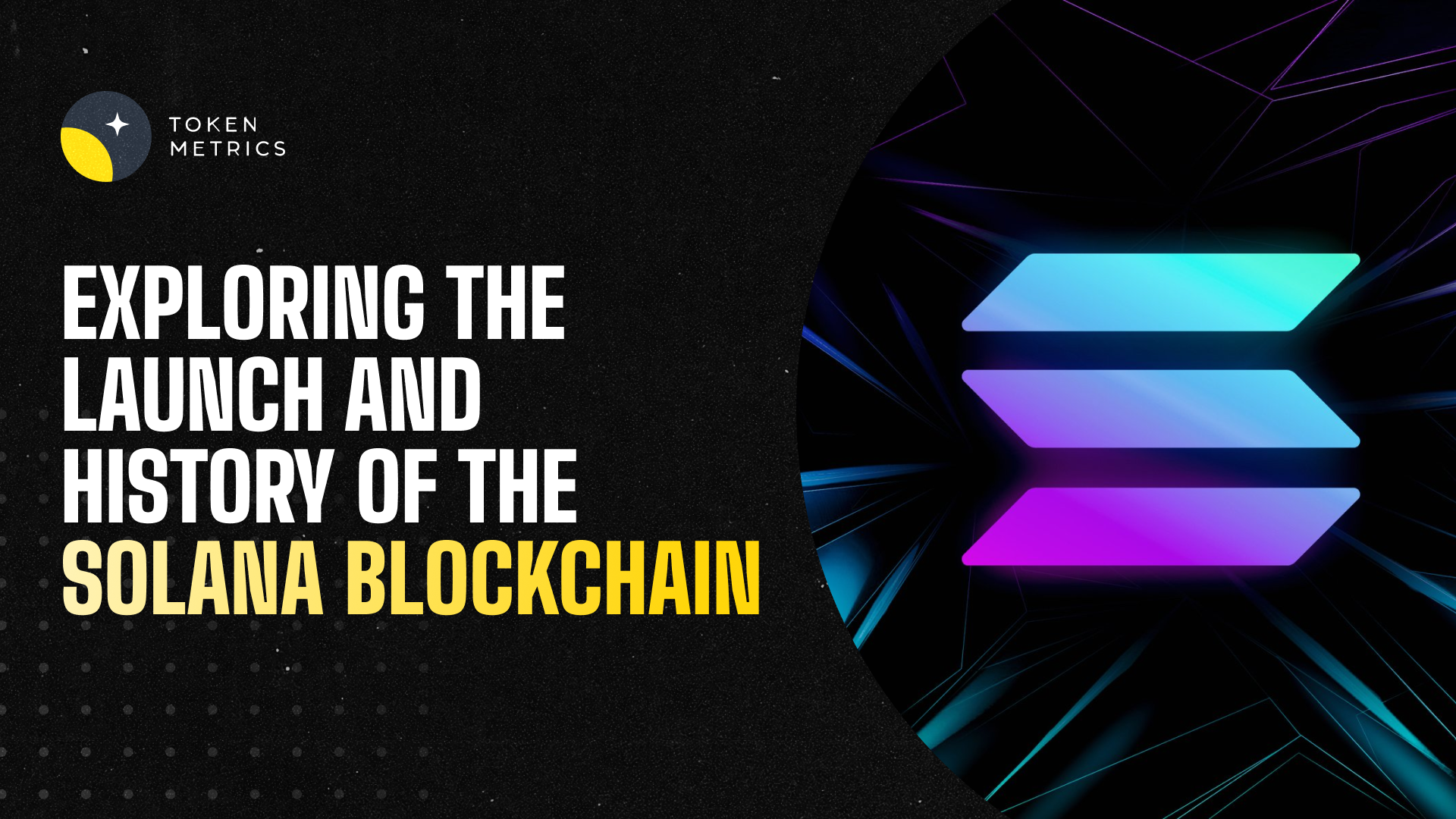Is Web3 Just a Buzzword or a Real Innovation?

Introduction to Web3
The emergence of Web3 has sparked diverse conversations in technology and blockchain communities. Some consider it the next revolutionary phase of the internet, while others dismiss it as mere hype. This blog explores whether Web3 is just a buzzword or if it represents a tangible and meaningful evolution in digital interactions.
Understanding the Concept of Web3
Web3 broadly refers to a new paradigm of the internet built on decentralized technologies like blockchain, aiming to enable peer-to-peer interactions without centralized intermediaries. Unlike Web2, which is dominated by centralized platforms controlling data and services, Web3 proposes a more open, user-controlled internet.
Key Web3 features include:
- Decentralization: Data and services distributed across networks instead of centralized servers.
- Blockchain Integration: Use of immutable ledgers to ensure transparency and security.
- Token-based Economics: Implementation of cryptocurrencies and tokens to incentivize participation.
- Enhanced User Sovereignty: Users control their data and digital identities.
The Technology and Applications Behind Web3
Web3 relies heavily on blockchain technology, smart contracts, and decentralized applications (dApps). These components facilitate trustless transactions and programmable digital agreements.
Notable Web3 applications include decentralized finance (DeFi), non-fungible tokens (NFTs), and decentralized autonomous organizations (DAOs). These innovations demonstrate practical use cases extending beyond theoretical frameworks.
Moreover, artificial intelligence (AI) tools are increasingly applied to analyze and navigate the evolving Web3 landscape. Platforms such as Token Metrics leverage AI-driven insights to help users research blockchain projects and assess technology fundamentals without financial recommendations.
Addressing the Skepticism Around Web3
Critics argue that Web3 might be overhyped with limited real-world adoption so far. Challenges include scalability issues, user experience complexities, regulatory uncertainties, and potential misuse.
However, innovation cycles often follow initial hype phases. Historical tech developments illustrate how novel ideas initially labeled as buzzwords eventually matured into foundational technologies over time.
Scenario analysis suggests varying outcomes for Web3:
- Gradual Adoption: Incremental integration of Web3 elements into mainstream platforms.
- Disruptive Shift: Web3 replaces significant portions of centralized internet infrastructure.
- Fragmentation or Stall: Development slows due to technical, regulatory, or societal barriers.
Practical Steps for Evaluating Web3 Projects
Due diligence is essential in understanding Web3 initiatives. Consider these points when researching:
- Team and Community: Assess project founders' credentials and community engagement.
- Technology Fundamentals: Examine code repositories, technical whitepapers, and audit reports.
- Use Case Viability: Analyze how a project solves real problems uniquely.
- Partnerships and Ecosystem: Look at collaborators and interoperability with existing platforms.
Leveraging AI-powered platforms like Token Metrics can assist users in organizing and interpreting vast data points objectively, aiding a comprehensive understanding.
The Role of Regulation and Governance
Regulation remains an evolving factor for Web3 projects. Decentralized governance models, such as DAOs, aim to allow stakeholder participation in decision-making processes. However, legal frameworks vary globally and can impact project development and adoption.
Understanding the nuanced regulatory landscape is critical for assessing the long-term feasibility and resilience of Web3 innovations.
Conclusion: Is Web3 Buzzword or Real?
Web3 encompasses transformative potentials in reimagining internet architecture. While it faces significant hurdles and exhibits hype characteristics, substantial technological progress and adoption signals suggest it is more than mere buzzword.
Objective analysis, supported by AI research tools like Token Metrics, can facilitate critical evaluation of emerging projects and technologies within this evolving domain.
Disclaimer
This article is for educational and informational purposes only and does not constitute financial advice. Readers should conduct their own research and consult professional advisors before making any decisions related to blockchain technologies or digital assets.
Create Your Free Token Metrics Account

.png)




%201.svg)
%201.svg)


%201.svg)










.svg)




.png)